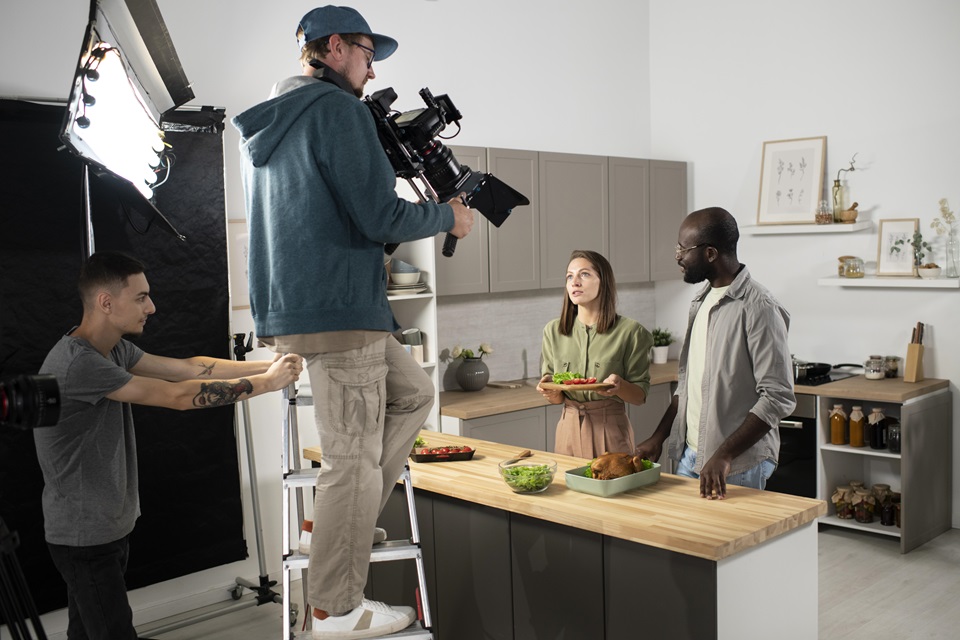At the heart of every captivating film lies the dynamic partnership between the director and the director of photography (DOP), also known as the cinematographer. This creative duo works hand in hand to bring the script to life, shaping the visual narrative that will captivate audiences. In the UK, the film industry has been graced by the talents of numerous skilled DOPs who have collaborated with visionary directors to create cinematic magic.
Table of Contents
Pre-Production: Laying The Groundwork
Before the cameras start rolling, the director and cinematographer engage in extensive pre-production discussions. They delve into the script, analysing each scene to establish the desired visual style and mood. Location scouting plays a crucial role, as the DOP assesses the potential of each setting to contribute to the overall aesthetic. Together, they make decisions on set design, ensuring that every element aligns with the director’s vision.
The DOP’s expertise extends to selecting the appropriate equipment for each shot. Camera tests are conducted to determine the best lenses, filters, and lighting setups to achieve the desired look. Storyboarding and shot-listing are essential tools in this phase, allowing the director and DOP to visualise each scene and plan the camera movements that will enhance the storytelling.
Production: Bringing The Vision To Life
Once on set, the director and DOP work in tandem to bring their shared vision to life. They collaborate closely, making real-time decisions to adapt to the challenges that inevitably arise during filming. The DOP’s technical knowledge and creative eye are invaluable in finding solutions to any obstacles while maintaining the integrity of the director’s vision.
Open communication is the key to a successful director-DOP partnership. They must be able to articulate their ideas clearly and listen attentively to each other’s input. The DOP acts as the director’s visual translator, transforming abstract concepts into tangible images. At times, they may need to balance the director’s creative aspirations with the technical limitations of the equipment and budget.
Post-Production: Refining The Final Product
The director-DOP collaboration extends beyond the filming process and into post-production. The DOP’s involvement in the editing room ensures that the visual language established during filming is maintained. They work closely with the editor to select the best takes and guide the pacing of the film.
Colour grading is a critical aspect of post-production, and the DOP’s expertise is essential in creating the final look of the film. They work with colourists to enhance the mood, atmosphere, and emotional impact of each scene. If visual effects are required, the DOP collaborates with VFX artists to seamlessly integrate them into the footage, ensuring that the final product aligns with the initial vision.
Successful Director-DP Collaborations In The UK
The UK film industry has witnessed numerous successful director-DOP collaborations that have produced critically acclaimed and visually stunning films. One notable example is the partnership between director Danny Boyle and cinematographer Anthony Dod Mantle, who worked together on films like “Slumdog Millionaire” and “127 Hours”. Their innovative use of digital cameras and daring visual choices have pushed the boundaries of contemporary British cinema.
The collaboration between a director and a director of photography is the foundation upon which great films are built. From pre-production to the final colour grade, their partnership shapes every aspect of the visual storytelling.



